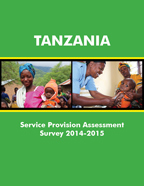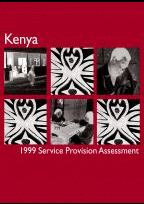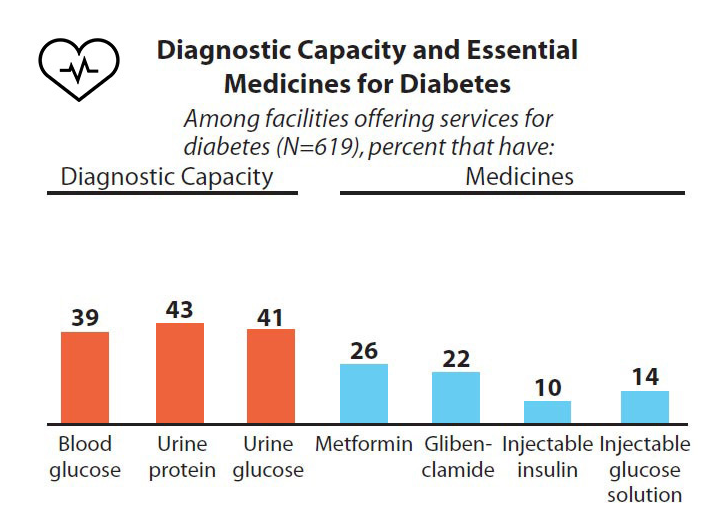Measuring health care: The Service Provision Assessment Survey

When DHS and other population-based surveys indicate potential problems with a country’s health care systems, such questions are raised:
“Are certain services available in health facilities?”
“What is the quality of those services?”
“Are there factors at the service delivery level that could be contributing to the problems?”
The Service Provision Assessment (or SPA) survey attempts to bridge this gap while fulfilling the need to monitor health systems strengthening in surveyed countries.
Let’s say a national strategy is initiated to address a growing obesity problem and its associated issues, diabetes and hypertension. A component of the strategy may focus on improving a country’s health facilities by increasing the number that have diabetes services available.
It may also strengthen readiness of those facilities to provide quality services – more staff who are up-to-date on trainings for provision of diabetes services, more equipment (such as blood pressure apparatuses, adult weighing scales, and height boards), improved diagnostic capacity (the ability to conduct blood glucose and urine protein tests), and increased availability of medicines to manage diabetes. These are all indicators a SPA survey provides.
The improvements in service availability and readiness may lead to early identification of risk factors, early diagnosis and initiation of management, and, perhaps, a gradual decline in unmanaged diabetes.
If the DHS is a snapshot of a population’s health, the SPA is a snapshot of the service environment and those who provide and receive services, which drives population health. Though it can be challenging to directly link health facility data with population data, the SPA is useful in providing support and context to the DHS.

The first SPA surveys took place in Guatemala, Kenya, and Bangladesh in the late 1990’s, and continue to be implemented today. To date, 22 SPA surveys have been conducted, the latest being the 2014 Bangladesh Health Facilities Survey and 2014-15 Tanzania SPA. Ongoing surveys include the 2015 Nepal SPA and Senegal Continuous SPA. Be the first to know when those will be available (along with all other surveys) by signing up for email alerts, or by following us on Facebook and Twitter!


